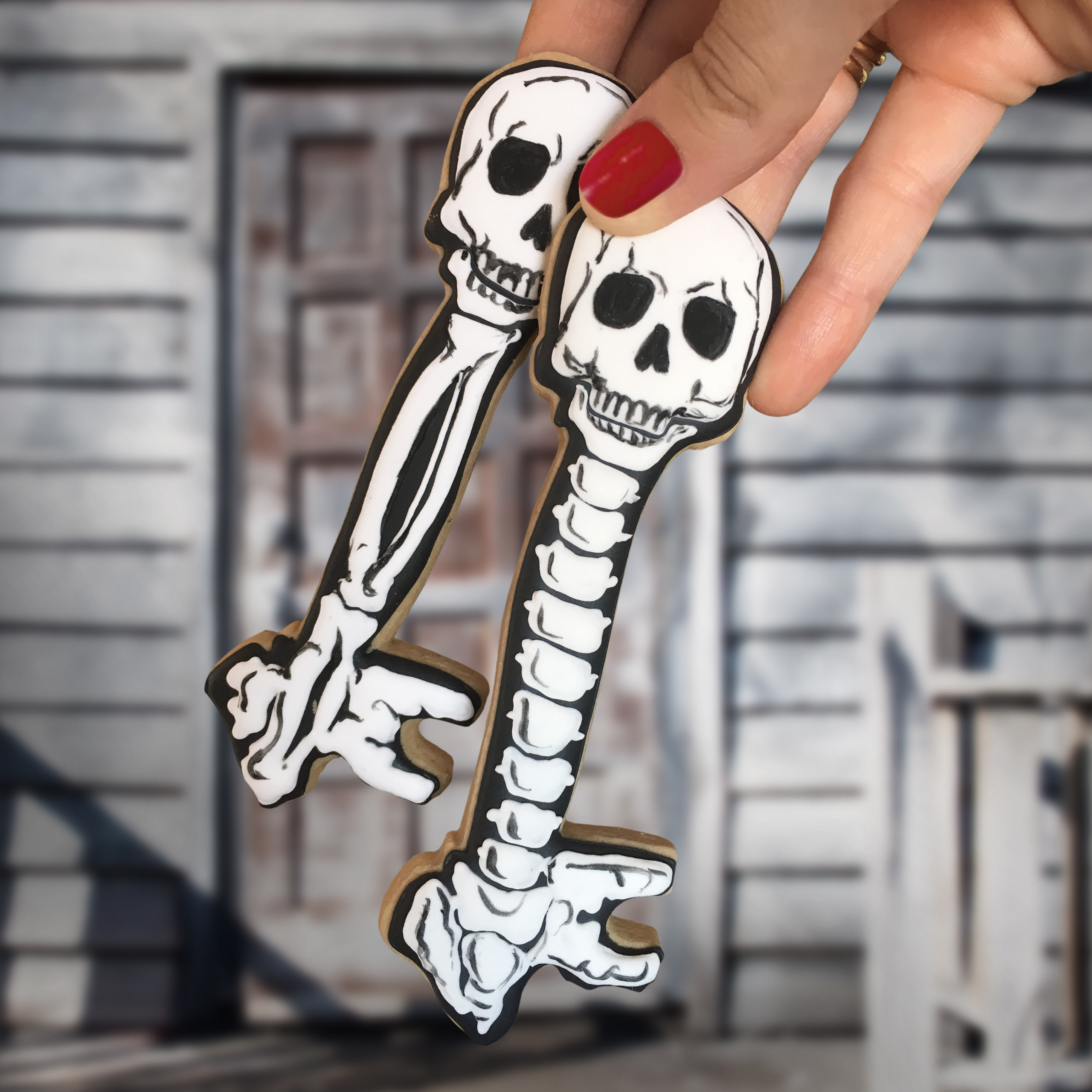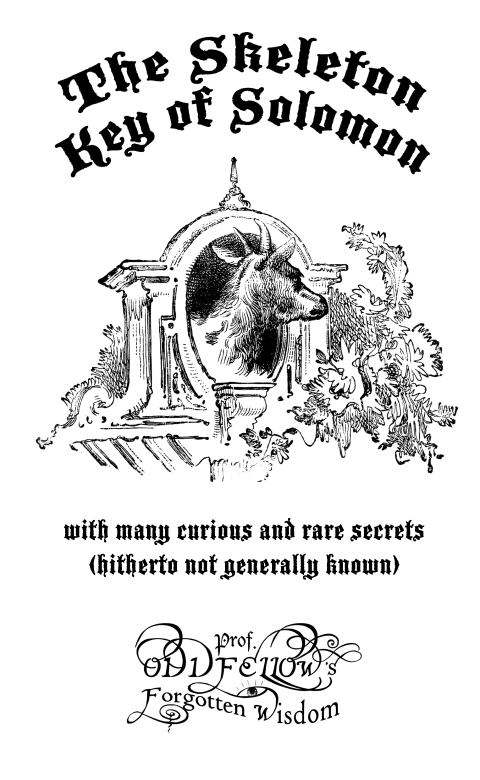


Rather than just bin off the divisive weapon durability, Tears of the Kingdom grounds it more firmly within its storyline and then builds on the mechanic by giving you a reason to be excited when something breaks – now’s your chance to fudge together something even more fun.Īnd fudging bits-and-pieces together is also how you solve the majority of Tears of the Kingdom’s puzzles, whether that’s manipulating objects into a goal, making a ramshackle bridge, or building a makeshift platform to slide along some rails. The ubiquity of these fusion parts means you’re less precious about actually using the weapons, because you know you can make another without getting a lucky drop.įuse is an essential part of the game, and key to TotK's DNA.įuse is an excellent example of intelligently handling criticism. This means you’re probably drawing from a smaller pool of discrete base weapons, but you can make a lot more variations of them with the tons of different items you can scavenge.

Fusing a stick with a sword makes… well, a stick with a sword on the end, whereas fusing a sword with an electric chameleon horn creates a lightning-imbued jagged blade. But, where in Breath of the Wild this led to you hoarding high-power weapons just in case you needed them, weapon collection in Tears of the Kingdom is much more focused on the new Fuse power.įuse lets you bind one weapon to another to make a new one, or – even better – combine a weapon with a monster part or item to create something completely different. On the battlefield, the hotly-debated weapon durability mechanic returns, with the Upheaval decaying every weapon in Hyrule to the point where they’re prone to breakage. Underpinning everything, the great strength of Tears of the Kingdom is its physics system, which gives an exciting unpredictability to combat, and iterative variety to puzzles. The potential for nonlinear discovery of story beats means there’s a slightly strange amount of repetition across main quests, but the masterful, swelling soundtrack in the voiced cutscenes makes for a great atmosphere during these key moments – even if the voice acting itself is pretty hokey. It’s a suitably epic story with cataclysmic stakes, but also one that can take a back seat as you get lost in the moment-to-moment of whipping up meals and potions, battling Bokoblins and finding out what’s on the other side of the next hill, solving Shrine puzzles and fixing problems in every region across Hyrule’s diverse set of biomes as you go. Strength-sapping Gloom has spread almost everywhere, causing ecological disasters and social turmoil, with giant glowing chasms opening up to a dark, foreboding subterranean region below. This next adventure takes place an unspecified amount of time after the previous game, Breath of the Wild, where Zelda and Link saved Hyrule from Dark Beast Ganon following the Great Calamity, which blighted the world with evil monsters.Īs the titular princess and her legendary protector rebuild in the wake of that destruction, they discover a fresh foe lurking beneath Hyrule Castle, unleashing another world-shattering event known as the Upheaval on the land. Tears of the Kingdom is so successful because it marries an impressive sense of scale with a mechanical granularity that means you can always interact with its wide-open sandbox in creative, surprising ways. It was during one such side quest – hot on the trail of the aforementioned skeleton horse – that I said to myself: “This would be on the back of the box of most games.” There are so many silly, or cool, or ridiculous nuggets like this tucked away in Side Adventures or thumbed into secluded corners of the vast map. Zelda: Tears of the Kingdom still has weapon durability, but you won't care.


 0 kommentar(er)
0 kommentar(er)
